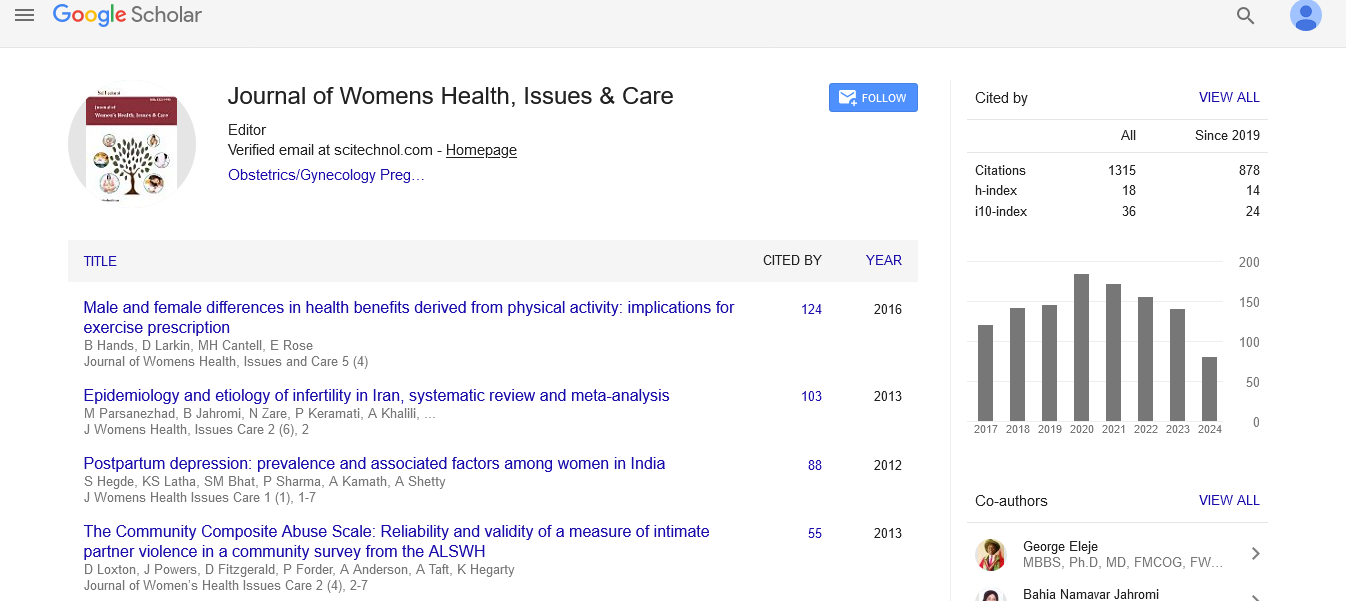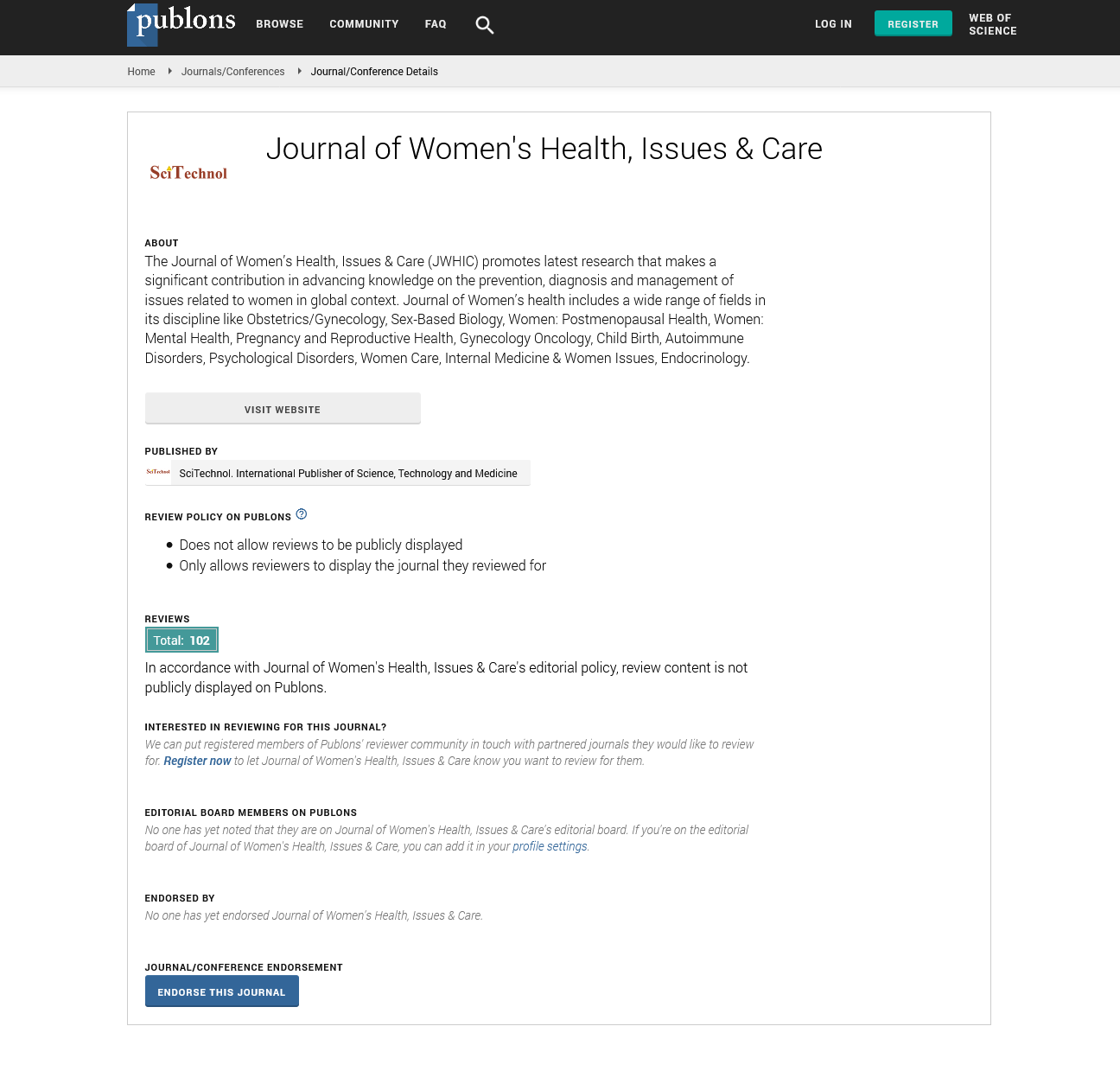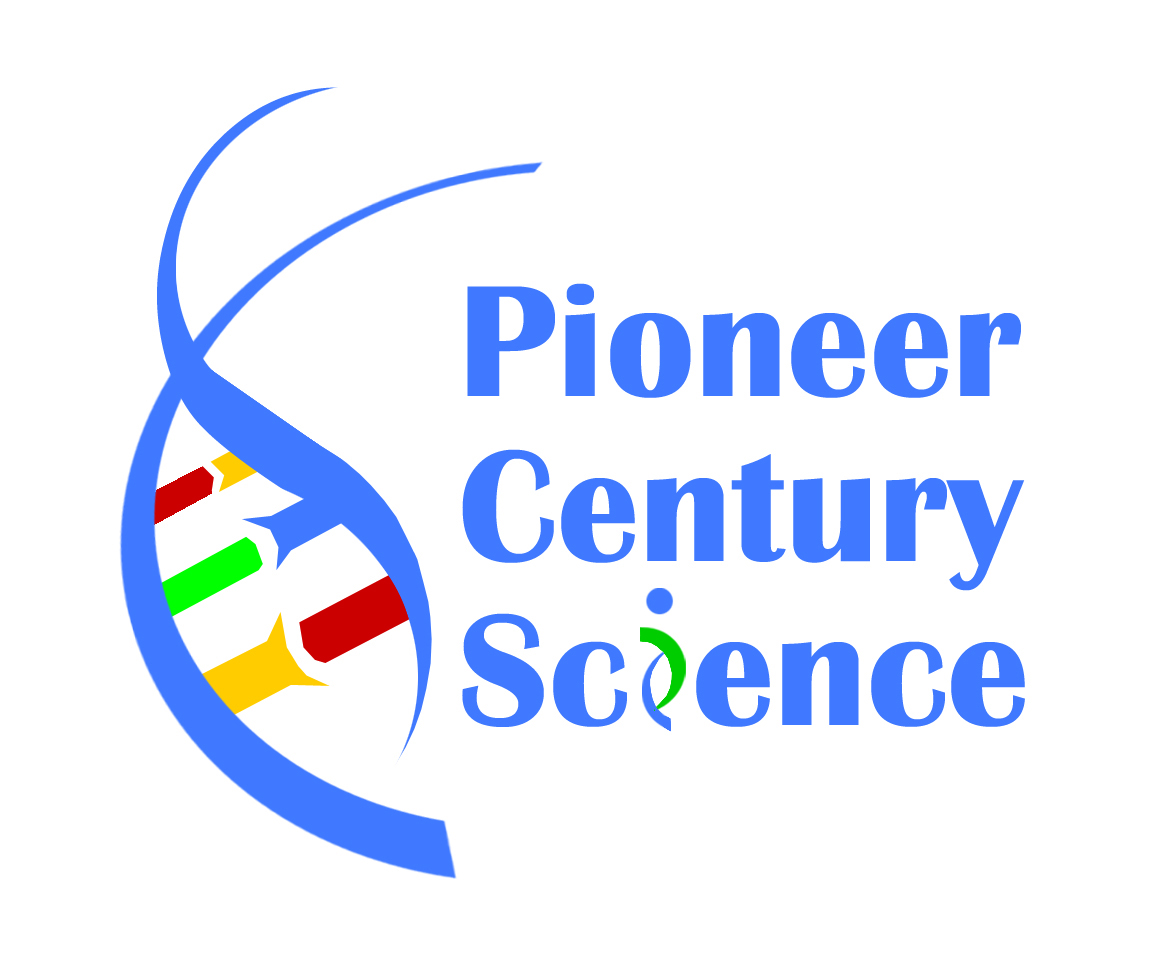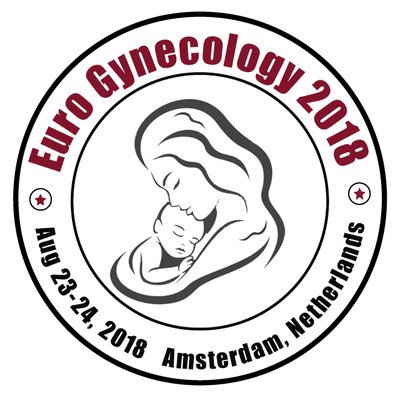Opinion Article, J Womens Health Vol: 13 Issue: 5
Direct Causes of Maternal Morbidity and Mortality: Part of Haemorrhage in Pregnancy and Childbirth
Tuwein Jisa*
1Department of Obstetrics and Gynecology, University of Oxford, Oxford, United Kingdom
*Corresponding Author: Tuwein Jisa
Department of Obstetrics and Gynecology,
University of Oxford, Oxford, United Kingdom
E-mail: tuwein.ji_sa@gmail.com
Received date: 23 September, 2024, Manuscript No. JWHIC-24-156583;
Editor assigned date: 25 September, 2024, PreQC No. JWHIC-24-156583 (PQ);
Reviewed date: 09 October, 2024, QC No. JWHIC-24-156583;
Revised date: 17 October, 2024, Manuscript No. JWHIC-24-156583 (R);
Published date: 25 October, 2024, DOI: 10.4172/2325-9795.1000522.
Citation: Jisa T (2024) Direct Causes of Maternal Morbidity and Mortality: Part of Haemorrhage in Pregnancy and Childbirth. J Womens Health 13:5.
Description
Haemorrhage remains one of the leading direct causes of maternal morbidity and mortality worldwide, especially in low and middle income countries. It refers to excessive bleeding during or after childbirth, which can lead to severe health complications and, if left untreated, may be fatal. The primary cause of maternal haemorrhage is the excessive loss of blood during labor, delivery, or the immediate postpartum period. Although the condition is preventable and treatable with timely medical interventions, it continues to be a significant contributor to maternal deaths, particularly in settings where access to healthcare resources is limited. The causes, risks and management of Postpartum Haemorrhage (PPH) is essential for improving maternal health outcomes globally.
Postpartum haemorrhage, defined as the loss of more than 500 milliliters of blood after vaginal delivery or 1,000 milliliters after a cesarean section, is one of the most common causes of severe maternal morbidity and mortality. The condition can occur due to several factors, including uterine atony, retained placenta, trauma and coagulopathies. Uterine atony, or the failure of the uterus to contract properly after delivery, is the most frequent cause of PPH, accounting for approximately 70%-80% of all cases. After childbirth, the uterus must contract to close blood vessels at the site of the placenta to prevent excessive bleeding. When this mechanism fails, bleeding can become uncontrollable, leading to a life-threatening situation.
Retained placenta, in which the placenta or parts of it remain inside the uterus after delivery, is another major cause of haemorrhage. The retained tissue can prevent the uterus from contracting effectively, leading to continued bleeding. This condition often requires medical intervention, such as manual removal of the placenta, to stop the bleeding and avoid further complications, such as infection or uterine rupture.
Trauma during labor and delivery, including lacerations of the cervix, vagina, or perineum, can also contribute to maternal haemorrhage. This type of bleeding is often seen in cases of instrumental deliveries, such as those involving forceps or vacuum extraction, or in situations where there is a prolonged or particularly difficult labor. In such cases, timely identification and repair of the injury are vital to preventing excessive blood loss and ensuring the safety of the mother.
Coagulopathies, or disorders of the blood's ability to clot, can complicate childbirth and increase the risk of haemorrhage. Conditions such as Disseminated Intravascular Coagulation (DIC) or platelet disorders can impair normal clotting mechanisms, leading to uncontrollable bleeding during or after delivery. Although these conditions are less common, they can be particularly dangerous and require specialized treatment, including the administration of blood products and clotting factors.
In addition to these primary causes, there are several risk factors that increase the likelihood of haemorrhage during childbirth. A history of previous postpartum haemorrhage is one of the strongest predictors of recurrence. Other risk factors include multiple pregnancies, polyhydramnios (excess amniotic fluid), large babies (macrosomia), and the use of certain medications during labor, such as oxytocin. Women who have had a cesarean section or other uterine surgeries are also at a higher risk of experiencing PPH, particularly if the placenta is implanted abnormally in the scar tissue.
The management of postpartum haemorrhage requires prompt recognition and intervention. Immediate steps include ensuring adequate intravenous access, administering uterotonics such as oxytocin to stimulate uterine contractions, and performing bimanual compression or uterine massage. In cases of retained placenta, surgical removal may be necessary. If trauma is the cause, surgical repair is often required. In severe cases, blood transfusions and clotting factor administration may be needed to stabilize the patient. In the most extreme cases, surgical procedures such as a hysterectomy may be performed to control life-threatening bleeding.
Conclusion
In conclusion, haemorrhage remains a leading cause of maternal morbidity and mortality worldwide. It can result from uterine atony, retained placenta, trauma, or coagulopathies, with each cause requiring specific medical interventions. Timely and skilled management, along with proactive measures such as early identification of at-risk women, active management during labor and appropriate medical care, are essential in reducing the burden of maternal haemorrhage. Continued efforts to improve access to skilled care, particularly in low-resource settings, are vital in preventing maternal deaths and ensuring the health and well-being of mothers and their newborns. Additionally, the use of active management of the third stage of labor, which includes administering uterotonics and controlled cord traction, has been shown to reduce the incidence of postpartum haemorrhage and its associated complications.
 Spanish
Spanish  Chinese
Chinese  Russian
Russian  German
German  French
French  Japanese
Japanese  Portuguese
Portuguese  Hindi
Hindi 



